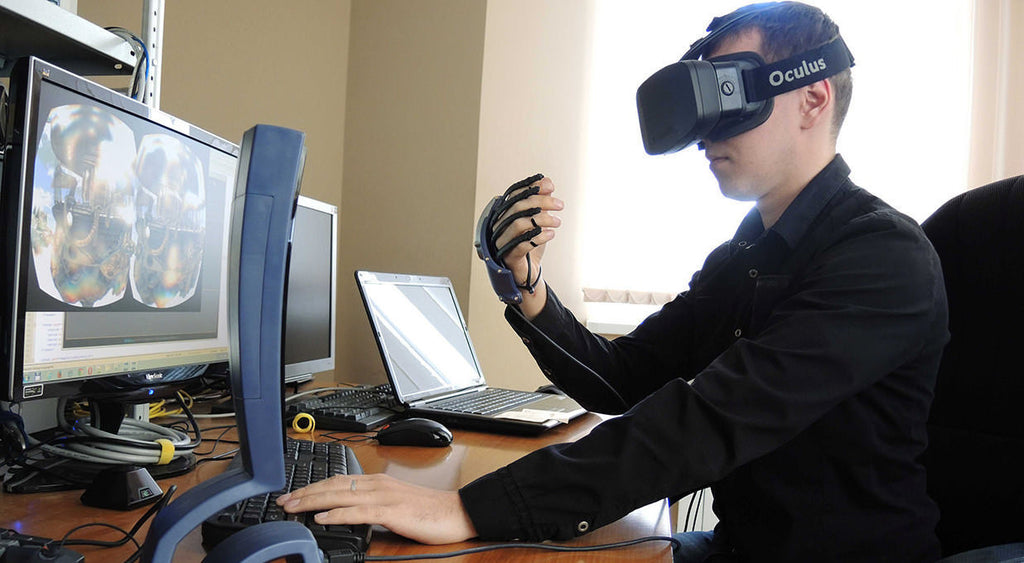VR Simulations for Training and Education
Posted on Wednesday, January 25 2017 05:50:00 PM in Future Technology by Peter Walter
As Virtual Reality starts to hit the shelves, and become readily available to the consumer, we are seeing more and more companies developing Virtual Reality experiences and programs. The question is, what do we use Virtual Reality for? The obvious answer seems to be entertainment, and primarily video gaming. Already, developers are pouring their immense industry expertise and budgets into VR, and we are seeing some gorgeous, well designed zombie survival simulations.
That’s where the money is, and that’s where the development is. Hyper-violent video games, now in VR, making them even more immersive and engaging. But that’s not where VR’s true potential lies.
Let’s take a step back and talk about Training Simulations for business. The idea hails back hundreds of years, and today takes many different forms. The idea is to simulate a scenario to learn the necessary skills, and practice response. Strategies vary from role-playing rehearsal to gamified decision making programs to sit down and go through on your desktop.
The problem that exists with these simulations is that they are just that, simulations. Not the real scenario, and the user is always aware of that. The cheaper the recreation, the lesser the immersion. Virtual Reality represents the very enticing possibility of tricking the mind into fully buying into the simulation.
As a Sci-Fi enthusiast, I dream of a day when I can plug a machine into my head and learn Kung Fu instantly, like Neo in The Matrix. Of course, that’s a bit of a stretch from our current level of technology, but recent developments have taken us to a similarly cool place in the digital realm.
Virtual simulation for educational and training purposes. Put on a headset and be transported to a world where you can learn and practice new skills. There are two main benefits, aside from being undeniably cool.
First, this taps into a whole new set of neurons for learners in a way that education and training programs have been trying to for decades. Research shows visualisation improves learning by up to 400%. We process visual information faster, and this information sticks into both long and short term memory than written or spoken information.
Second, VR can impart skills impossible to learn without facing the exact scenario in real life, particularly helpful where the scenario itself is difficult to manufacture, expensive, or actively dangerous. An athlete or musician facing their first performance in front of a crowd of thousands, a paramedic trying to save a life with hostile bystanders, even a workplace environment with rampant bullying. All of these experiences can be simulated through software, allowing a safe space to learn and grow.
So what does this mean for the future of VR? It means training programs are slowly, but surely, incorporating more and more interactive, immersive elements. It means companies are internally exploring these concepts and ideas, seeing how their own resources can be converted into the new format. The idea is there, and the potential applications are endless. It’s only a matter of time until high speed simulation training is the norm, rather than just a fancy of science fiction.







